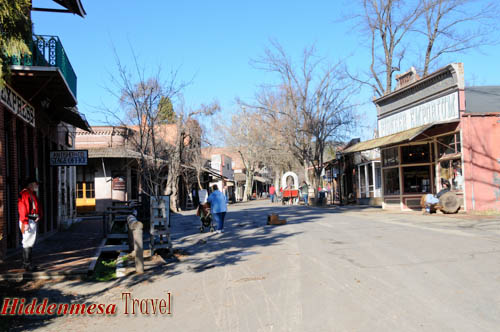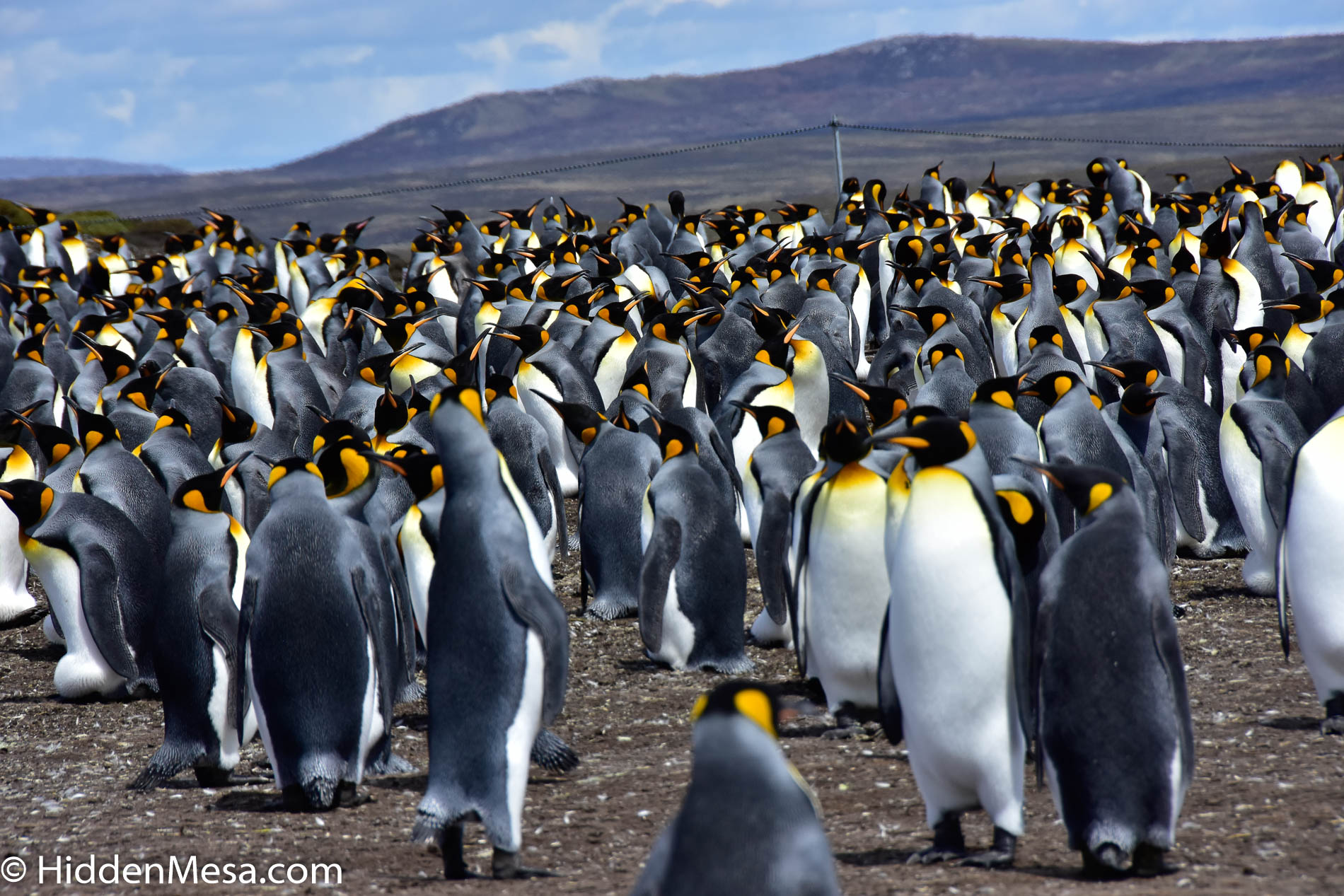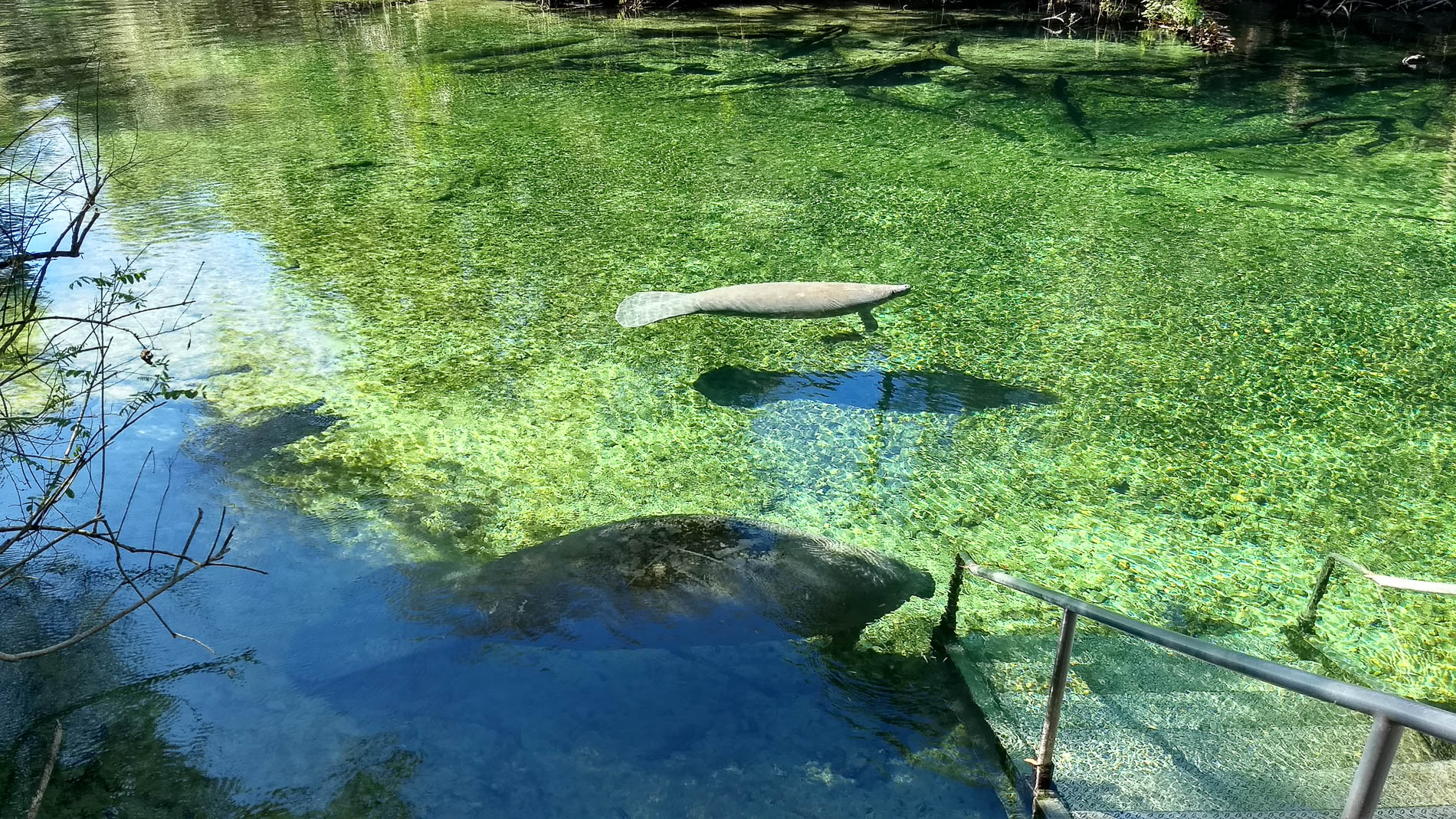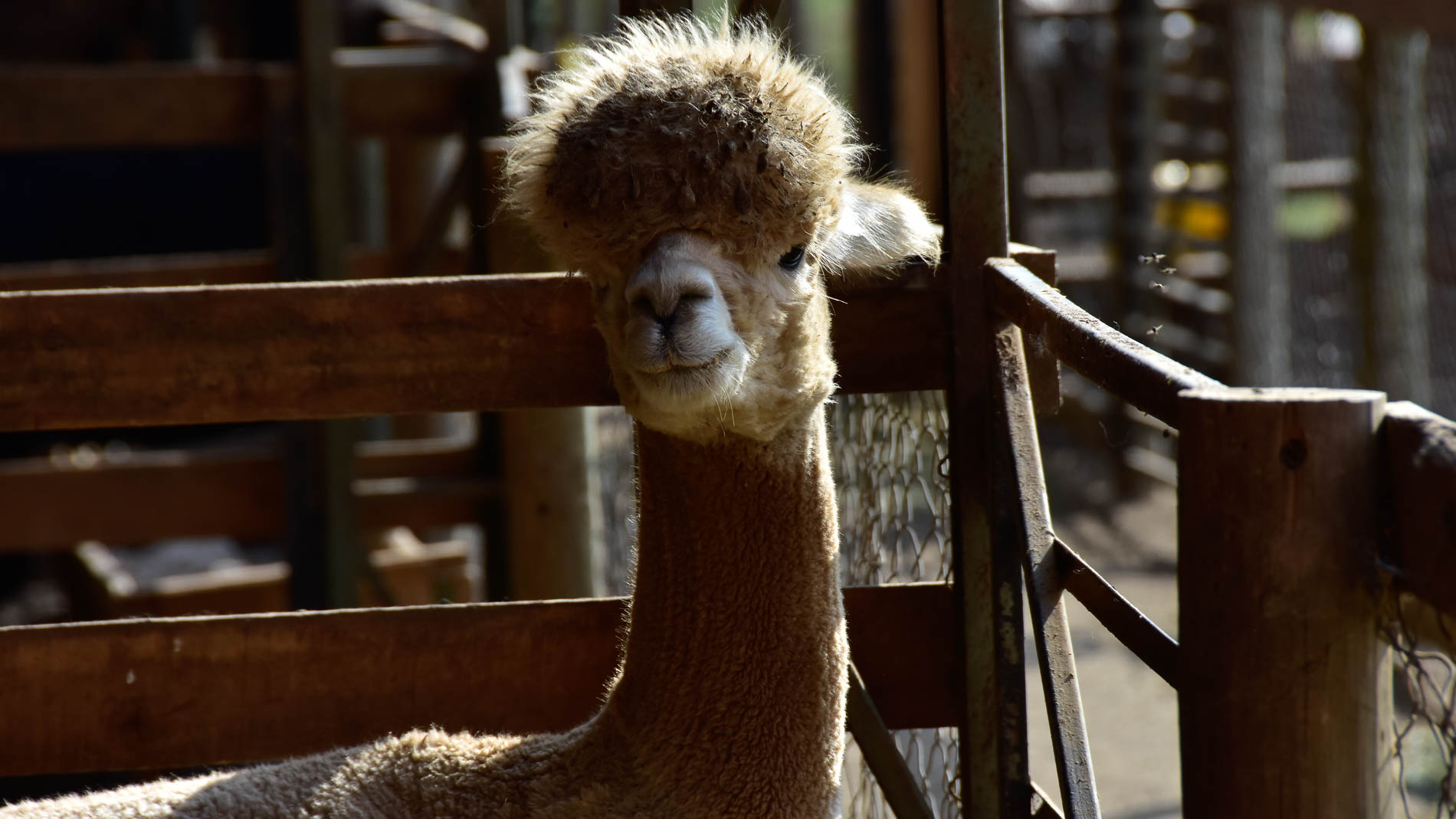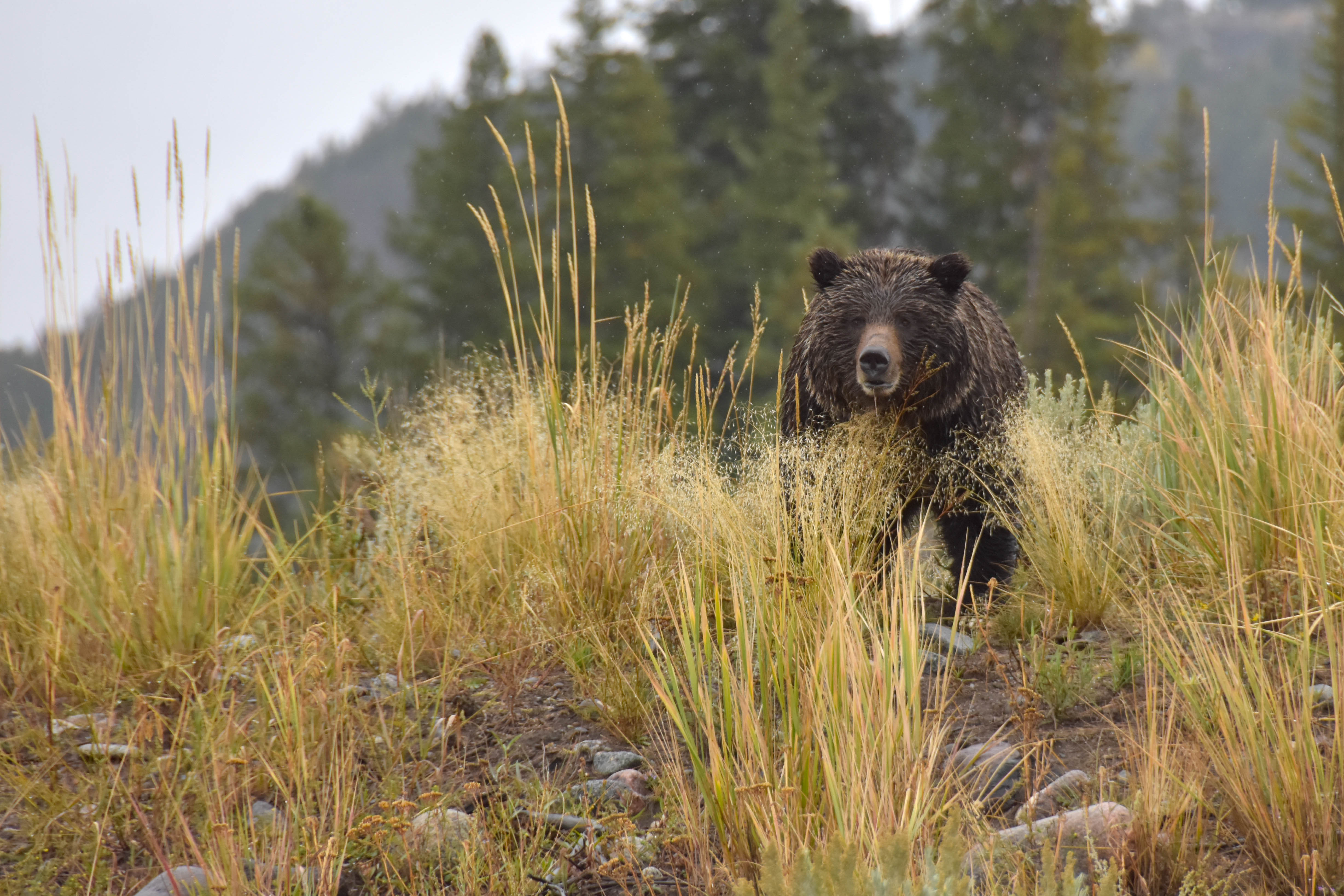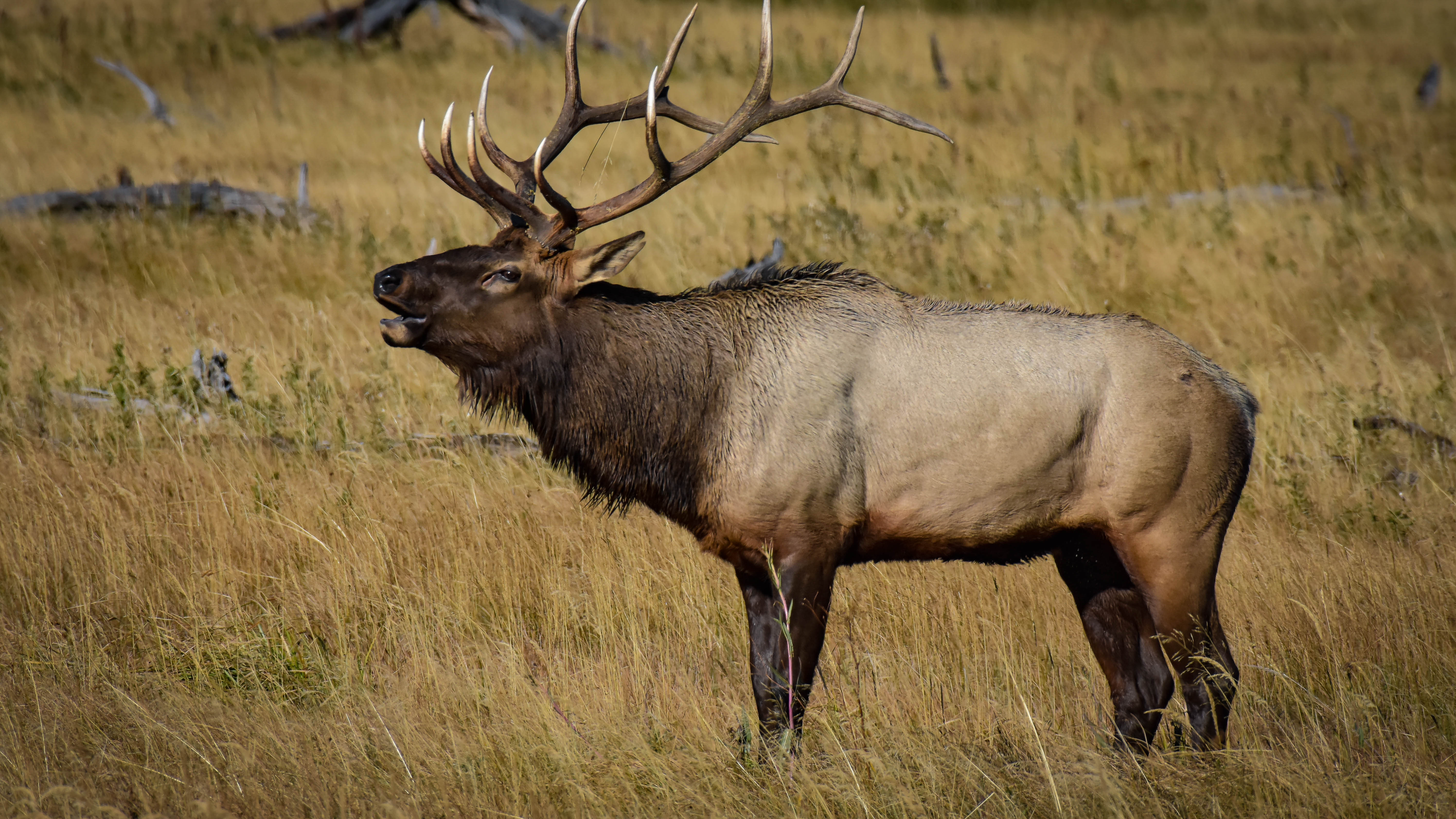A good deal of the recreation in California in the summer months centers around water, or the highest parts of the Sierra Nevada Mountains. The Pacific Ocean brings mild weather with ocean breezes, and the Sierras offer high altitude relief from the constant heat of the San Joaquin Valley. The truth is, for all the great recreation available in California, it’s a hot, dry landscape in the summer months. It’s not called the “Golden State” because of the gold rush in the 19th century, but for the golden fields of dried up grass. For the most part, the summer in California is a dry, uncomfortably hot place.
The fall of the year, however, is a special time. The weather begins to get mild bringing sunny days, but not too warm. This is a great time to venture into the California foothills and visit the places that gave California its start; the famous Gold Country along California Highway 49.
Gold country is generally considered to be the Western Sierra Foothills along Highway 49 from Nevada City in the north to Oakhurst, near Yosemite National Park. If you want to visit gold country, a great place to start is the Columbia State historic Park, located just north of Sonora. Columbia State historic Park is not a “destination” in that a complete vacation should not be planned around this one stop. Instead, it should be thought of as a starting point to California’s gold country since this well preserved historical site can give a true sense of what the gold rush of the late 1800s was like.
Columbia was first settled in 1850. The person who seems to get the most credit for its establishment was Dr. Thaddeus Hildreth. Hildreth arrived in California in November, 1849. He left his home in Maine and sailed aboard the Oregon to San Francisco. By March, 1850, he had staked claims in the area of Columbia along with George Hildreth, his brother, John Walker and William Jones. The success in Columbia evidently received a lot of attention because by 1852 there were over 150 businesses in town, and by 1853, Columbia was the third largest city in California.

Fallon House is still an active theatre at Columbia State Park, hosting many community events throughout the year. Photo by Don Fonk
The original name for Columbia was Hildreth Diggins, but before settling on Columbia, it was also called New Diggins, Dry Diggins, American Camp, and finally Columbia. The principal mining operation in Columbia was Placer mining, which is the practice of extracting gold out of deposits, either from stream beds or washes where gold has settled. More on the various kinds of gold mining here.
Even though Columbia enjoyed almost instant success, it was not without its growing pains. Placer Mining – as was the practice in Columbia – requires a lot of water; something that was not all that abundant in Columbia. In fact, there are no nearby full time rivers. Instead, several different water companies were formed in the early days of Columbia designed to carry water to the town for mining and general living needs, but none were in complete operation until around 1859, which was nearing the end of the height of mining anyway. The town had already started a decline by then.
Fire was always an issue for early gold rush towns that were often hastily built from local wood products, and Columbia was no exception. In 1854, most of the business district burned down, presumably due to the lack of adequate water supply, and the lack of an adequate fire department. In the summer of 1855, water was supplied to the town for fire protection and seven cisterns were constructed to augment the supply with about 14,000 gallons each, but no fire department was formed. In 1857, another fire destroyed most of the town, and this time the citizens decided to form a volunteer fire department. They acquired their first fire fighting apparatus in 1859.
While many gold rush towns of California fell into almost complete ruin, Columbia never did. It declined significantly from its peak of 1860, but still continued to live on as a community. In 1945, this sleepy little town was named a California Historic Park. The state of California appropriated $50,000 for the renovation and preservation of its historic downtown buildings, and it’s been a popular attraction since. Columbia is not only well supported by the State, but it has a significant following of volunteers who are interested in preserving, studying, and showing its unique history. All of this makes for a great place to begin a tour of the California gold country.
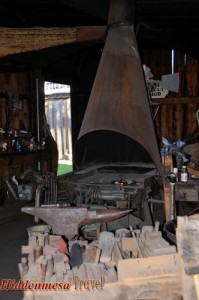
There are many active shops at Columbia like this working blacksmith shop where volunteers demonstrate the skills used in the gold rush. Photo by Bonnie Fink
Parking and entrance to Columbia is free to the public. There are working shops, restaurants, and museums for everyone to see. On any given day, there are also many volunteers in costume and in character that not only give life and color to this great gold rush town, but add to the experience by answering questions and providing information about how things were.
What to Do – So, what’s to do here? First, there’s just the simple pleasure of walking through a town of yesterday that doesn’t appear to have changed since its beginning. Viewing the shops and talking with the volunteers (sorry, the 49ers). Every first and second Saturday, according to the State’s web site, is Gold Rush Days from 1:00 PM to 4:00 PM, where 49ers set up special exhibits and hands on displays. From June 15th through Labor day, daily tours of the town are given by volunteers beginning at 11:00 AM. At other times of the year, the tour is Saturday and Sunday only. Meet at the museum, which is open from 10:00 AM until 4:00 PM.
These are just some of the activities available at Columbia, or, if you’re inclined, you can just go have lunch and ice cream and have a good day watching the sites. Whatever your pleasure, a visit to Columbia can be just an afternoon’s stroll in an interesting place to the beginning of an energetic vacation centered around California’s historic gold country, the places where it happened and the good and bad of our past in this incredible state.

